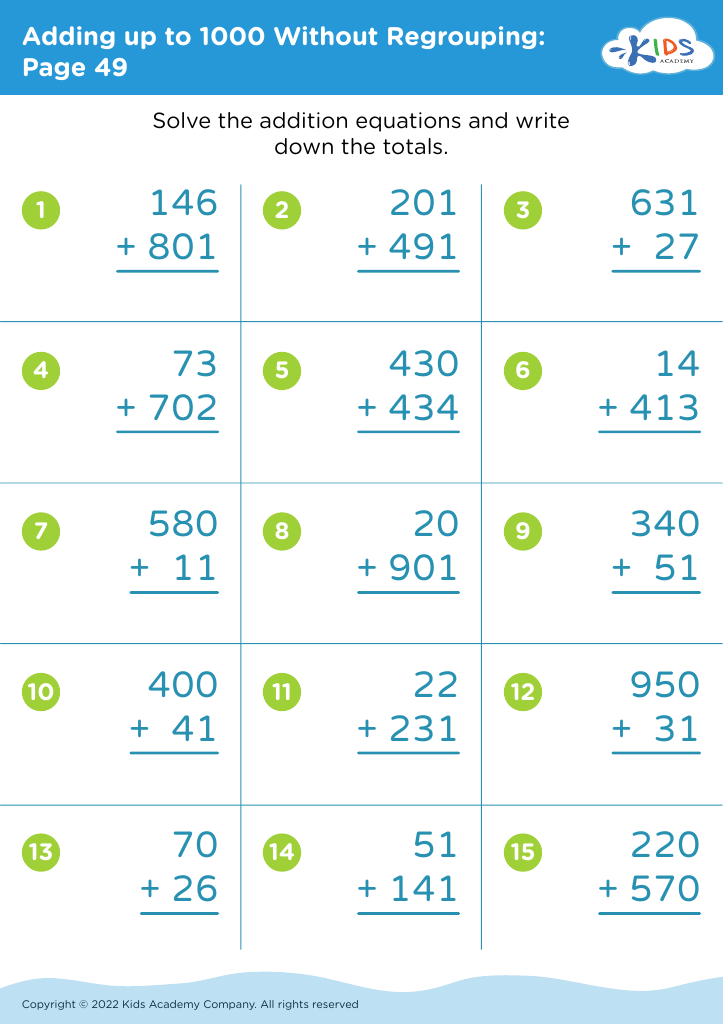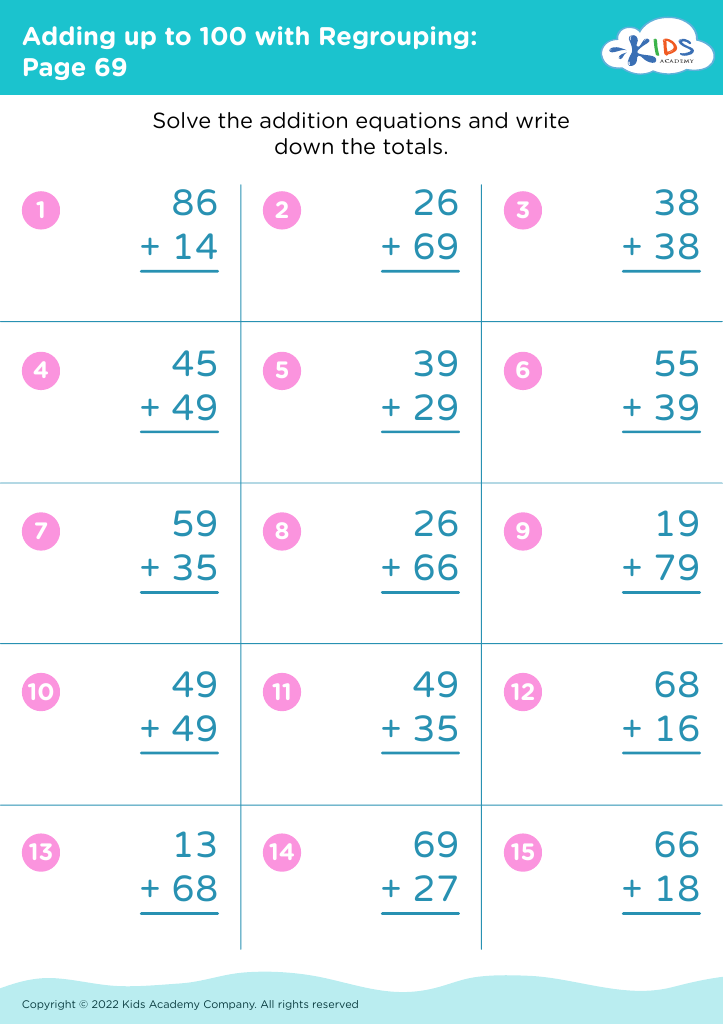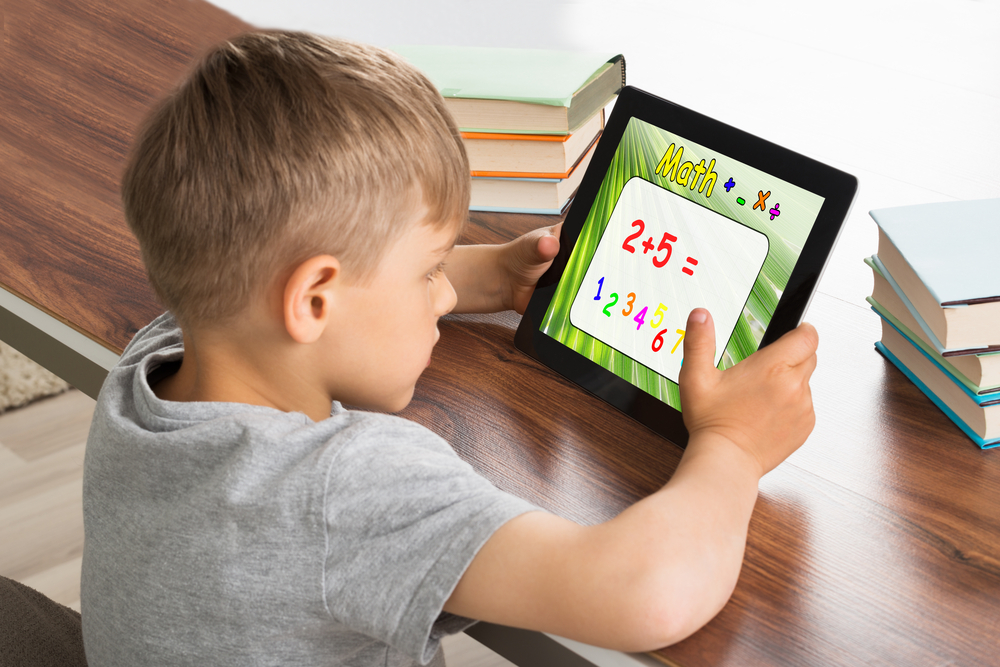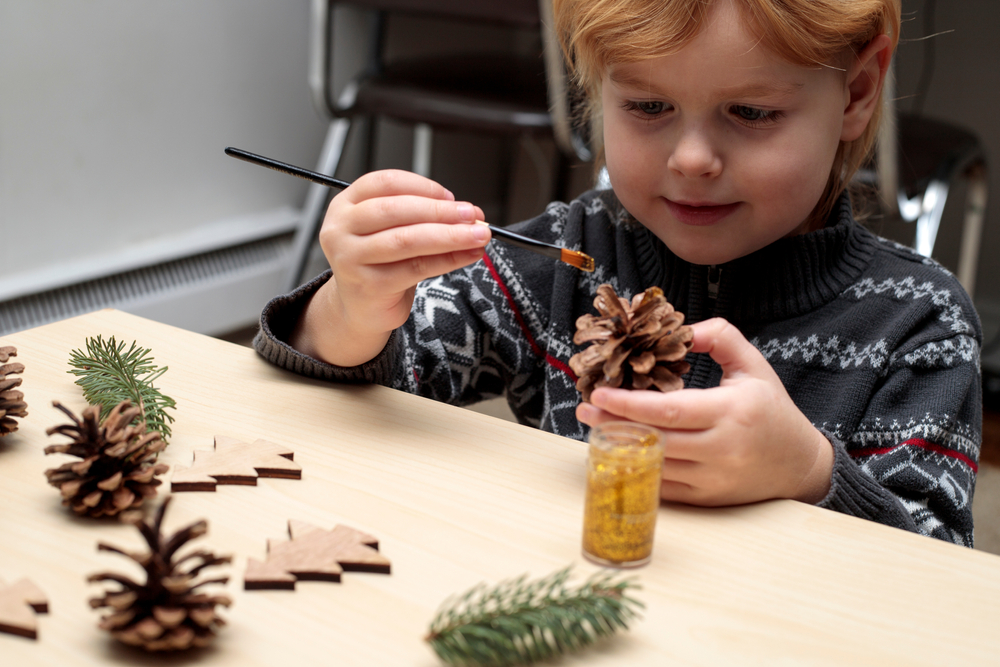Visual perception Addition Worksheets for 7-Year-Olds
4 filtered results
-
From - To
Enhance your child's math skills with our engaging Visual Perception Addition Worksheets designed specifically for 7-year-olds! These printable resources help young learners develop essential visual processing skills while practicing addition. By recognizing patterns, identifying shapes, and solving addition problems, children will gain confidence in their math abilities. Our worksheets combine fun and educational elements, ensuring that learning is an enjoyable experience. Perfect for parents and teachers, these versatile tools are great for in-class activities or at-home practice. Download and print today to support your child’s journey to mathematical mastery while enhancing their visual perception skills in exciting ways!
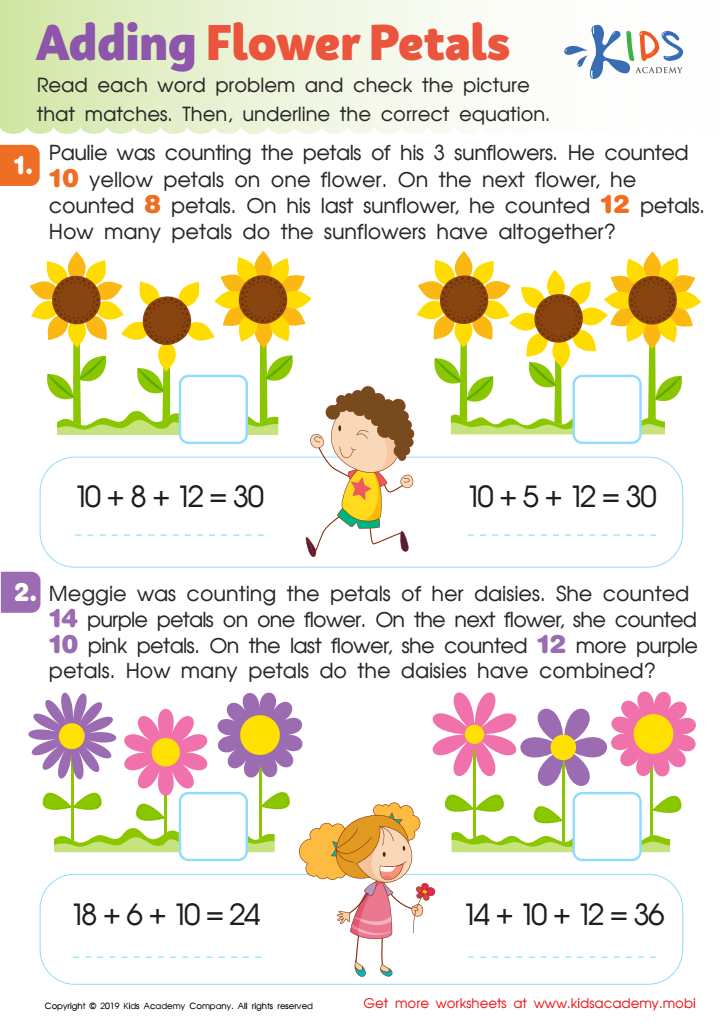

Adding Flower Petals Worksheet
Visual perception is a crucial skill for 7-year-olds, particularly when it comes to mastering addition and other mathematical concepts. At this age, children are developing their ability to interpret and process visual information, which directly impacts their learning capabilities. Parents and teachers should care about visual perception because it influences a child's ability to understand numbers, recognize patterns, and solve problems effectively.
Strong visual perception skills enable children to quickly identify and manipulate objects, which is essential in tasks like counting, grouping, and performing addition with physical items like blocks or counters. Furthermore, proficient visual perception enhances a child's ability to visualize equations and understand abstract mathematical concepts, laying a solid foundation for future learning.
When visual perception is weak, children may struggle with these tasks, potentially leading to frustration and a lack of confidence in their abilities. By fostering these skills through engaging activities like puzzles, games, and hands-on learning experiences, parents and teachers can help children develop both a love for math and the confidence to tackle more complex topics in the future. Ultimately, prioritizing visual perception will support a child’s overall academic success and well-being.
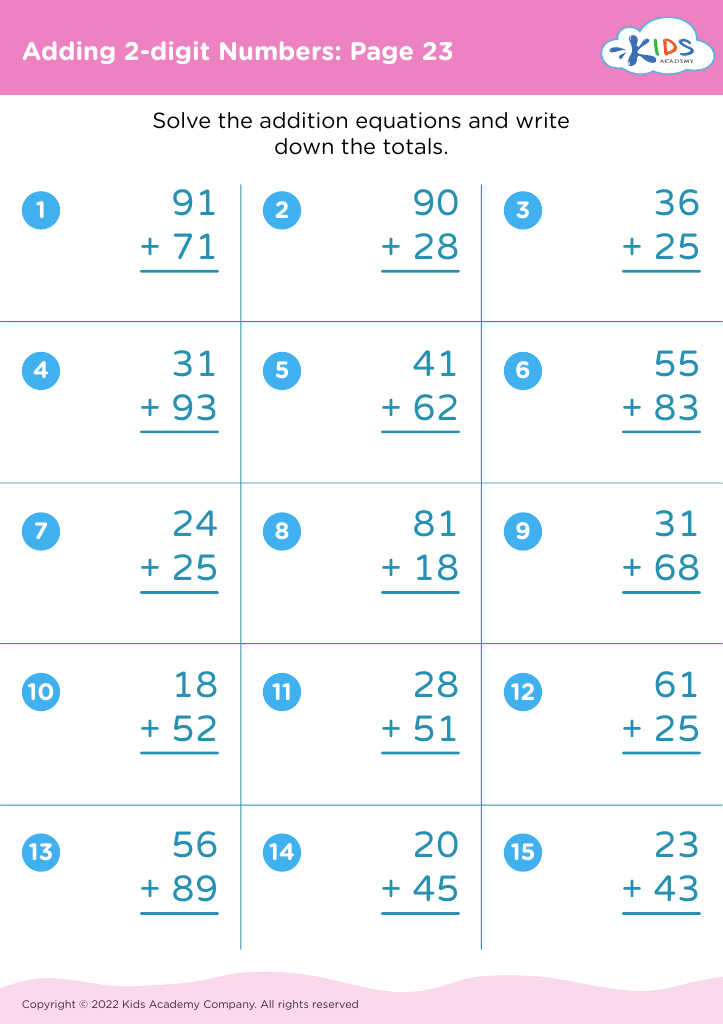

 Assign to My Students
Assign to My Students
